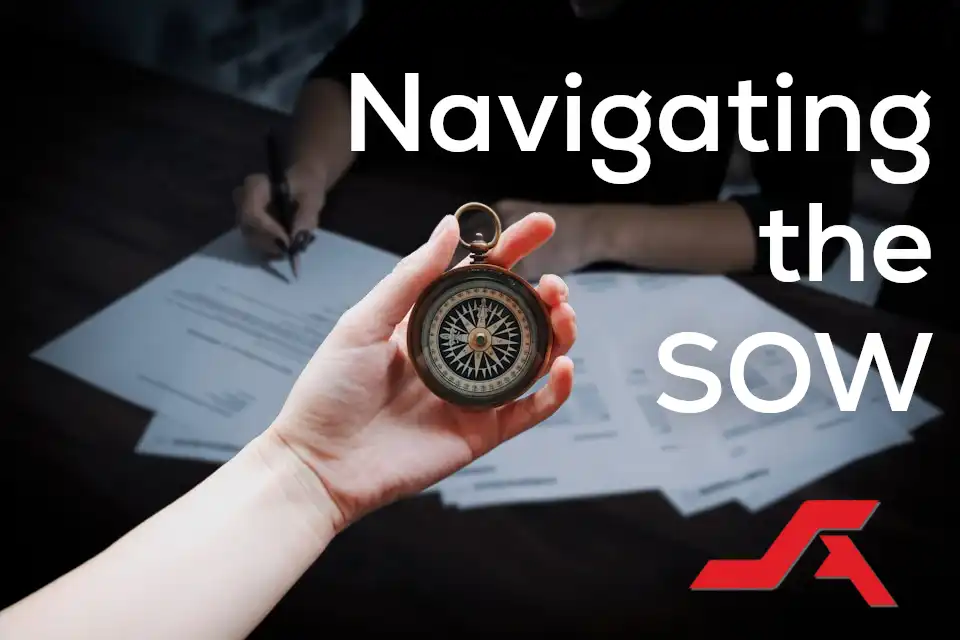In recent years, Other Transaction Authority (OTA) has emerged as a powerful acquisition tool for U.S. federal agencies, particularly the Department of Defense (DoD), NASA, and the Department of Homeland Security. Designed to streamline procurement and foster innovation, OTAs are legally binding instruments that fall outside the scope of traditional Federal Acquisition Regulation (FAR) based contracts. As the federal government continues to prioritize speed, agility, and technological advancement, understanding the implications and opportunities of OTA agreements is becoming increasingly essential for government agencies and private contractors.
What Is OTA?
Specific statutes authorize OTAs and provide federal agencies with the flexibility to enter into agreements for research, prototyping, and, in some cases, production. OTAs are instrumental when working with non-traditional defense contractors (firms that do not typically do business with the federal government) and when seeking cutting-edge technology or processes not readily available through standard procurement methods.
Unlike FAR-based contracts, OTAs are not subject to many compliance burdens, such as the Competition in Contracting Act (CICA), Cost Accounting Standards (CAS), or Truth in Negotiations Act (TINA) requirements. This flexibility enables agencies to negotiate more favorable terms with commercial firms and expedite timelines that would otherwise be delayed by bureaucratic red tape.
Why OTAs Are Gaining Traction
The rise in OTA usage can be attributed mainly to the federal government’s increasing emphasis on innovation and rapid prototyping. For example, the Department of Defense’s Defense Innovation Unit (DIU) and the Army’s Rapid Capabilities and Critical Technologies Office (RCCTO) regularly utilize OTAs to source advanced technologies in artificial intelligence, cyber defense, and hypersonics.
A 2023 Congressional Research Service report indicates that obligations for OTA by the DoD rose dramatically, increasing from $1.4 billion in fiscal year 2016 to over $16 billion in fiscal year 2022. This significant increase underscores the government’s shift toward faster, more adaptable acquisition models that better align with the rapid pace of technological change.
Key Advantages of OTA Agreements
Speed and Flexibility: OTAs reduce the timelines associated with awards and modifications, making them suitable for urgent needs and changes to mission requirements.
Accessing Non-Traditional Vendors: By reducing the amount of regulatory barriers, OTAs attract innovative companies that would otherwise avoid federal contracting due to compliance concerns.
Customizable Terms: Agencies and contractors can negotiate IP rights, data rights, and pricing structures tailored to the specific project.
Enhanced Collaboration: OTAs often encourage more open dialogue and collaboration between government and industry throughout the development lifecycle.
Challenges and Considerations
Although there are many benefits, OTAs come with their own set of challenges. Limited standardization can lead to inconsistent practices and increased legal risk. Additionally, oversight bodies have raised concerns about transparency and accountability due to the exemption from many FAR-based requirements.
Contractors must also be aware of the eligibility criteria for participating in OTAs. For example, certain production OTAs require either a significant involvement by a non-traditional defense contractor or that at least one-third of the cost be borne by parties other than the federal government.
Conclusion
OTA represents a significant evolution in federal procurement strategy. As the federal government seeks to modernize its acquisition approach and keep pace with rapid technological advancements, OTA agreements are likely to continue playing a central role. For contractors (especially those new to government work), understanding how to navigate and leverage OTAs could provide a strategic advantage in entering and growing within the federal market.



